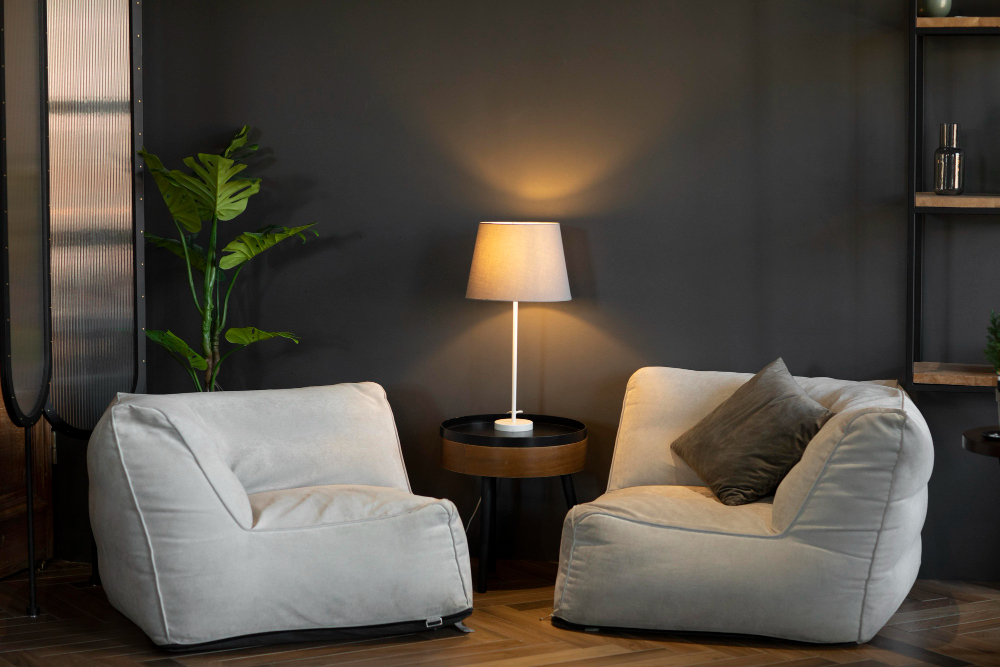Illuminating the Impact of Lighting on Paint Color

Painting a room or an entire house can be one of the most transformative and cost-effective ways to refresh your living space. Yet, many homeowners are often perplexed when the color they carefully selected at the store or saw in a magazine doesn't seem to appear the same on their walls. The culprit? Lighting. The way paint colors interact with natural and artificial light can drastically change their appearance, often with surprising results. In this detailed exploration, we'll investigate the profound impact lighting can have on painted surfaces and why understanding lighting is a critical aspect of home design projects. We'll also discuss how lighting considerations can enhance the work of professional painters in Winter Springs, FL, to ensure the perfect hue for your desired space.
The Sun's Shifts and Paint's Perceptions
The sun's position throughout the day affects the intensity and color temperature of light entering a room. In the early morning or late afternoon, during the so-called "golden hours," light is warmer and softer, showcasing colors at their most flattering. Conversely, during midday, sunlight is cooler and can make colors appear more subdued or even washed out.
Managing Daylight Dynamics
When planning your paint project, consider the primary use of the room and the times of day it will be most utilized. For instance, a dining room will often be used in the evening, so it's crucial to understand how the light will behave during dinner gatherings versus breakfast. Daylight is dynamic, and so are the colors of your walls. Take note of how light sources might cast shadows that could affect the appearance of your chosen color.
Working with Windows
Structural components like windows can amplify the amount of natural light that a room receives. Large, north-facing windows offer a cooler, indirect light, which is ideal for rooms where you want to create a cozy or calm atmosphere. Southern exposures, on the other hand, offer more direct sunlight and can warm up and brighten any color, making them great for spaces that you want to feel energized. East-facing windows bring the joy of morning light, while west-facing ones lead to warmer, duskier tones as the sun sets.
Artificial Light and the Art of Illusion
The color temperature of light bulbs, measured in Kelvin (K), can range from warm (yellows and reds) to cool (blues and whites). Incandescent bulbs, with a color temperature around 2700K, provide a cozy, yellow light that complements warm color schemes. Conversely, cool-white fluorescent bulbs at 4000K can create a sleek, modern vibe, or daylight bulbs around 5000K can make colors appear clear and true, similar to sunlight.
Balanced Illumination
For the most accurate view of your paint color options, aim for a balanced mix of lighting sources. By incorporating a variety of light temperatures, you can see how a color will appear under different lighting conditions. In areas like the kitchen, where you'll use a mix of task and ambient lighting, it's essential to test your paint in the provided context to avoid any unwanted surprises.
Light Fixture Distribution
The distribution and placement of light fixtures can also impact how paint colors are perceived. Lamps and sconces that cast upwards can make ceilings appear higher, while lighting focused downwards can showcase architectural features or create a more intimate atmosphere. The distance of fixtures from the wall and the type of light they emit should be considered for every home painting project to achieve the desired visual effects.
Paint It Right the First Time
Given daylight's capriciousness and the varied effects of artificial lighting, paint color selections aren't as simple as picking a shade from a swatch. To get it right without a doubt, follow these best practices:
Sample the Shades
Always test out your chosen paint colors in the room they're intended for. Apply large swatches or even paint entire sections of the room to see how they perform throughout the day. This is especially important for intense hues, as they can become overpowering under certain kinds of light.
Understand Color Psychology
Light and color influence our emotions and perceptions. Cool colors like blue and green can make a space feel larger and more refreshing, while warm colors such as red and yellow can create an inviting, cozy environment. When considering the purpose and feel you want for a room, take into account the interplay between lighting and your color choice.
Consult a Professional
Experienced painters in Winter Springs, FL can be invaluable resources when it comes to navigating the complexities of color and lighting. Professionals in Winter Springs, FL, like those at Lakestone Painting, have the local know-how to work with the area's specific lighting conditions and can offer tailored advice to ensure that newly painted spaces live up to your expectations.
In conclusion, the quality of light in a room is one of the most significant factors that can alter our perception of the color surrounding us. By appreciating and harnessing the power of lighting, you can ensure that the colors you choose not only represent your vision but also adapt to the changing moods of the day. If you're ready to explore the endless possibilities of paint and light, reach out to Lakestone Painting for a personalized consultation and take the first step toward transforming your home with the perfect color palette. Remember, illuminating your space is as much about the light as it is about the paint.